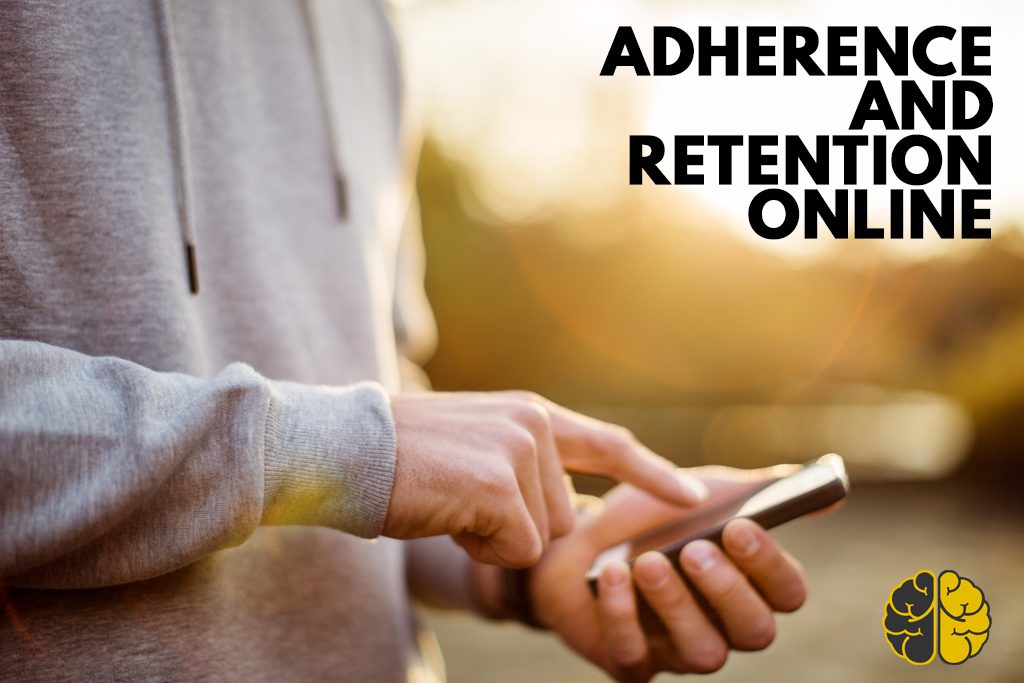Seventy clients showed up for your Zoom classes today. Seems great, right?
Until you remember that you used to train 110 people per day in your gym.
It’s amazing how quickly microgyms have pivoted to online group classes. If you’ve adopted new technology and kept your members over the last two weeks, you should be proud: That was a hard pivot.
You should also face the reality: Zoom classes are probably not enough to keep your clients engaged long term.
The Reality
While the shift from in-person classes to online classes is comfortable for most group-class coaches, it’s not the necessary shift.
Your online classes aren’t different enough from free workout videos to provide long-term value. They’re a commodity: Online classes will face downward price pressure over time. There are just too many really good online group training options out there. Are your coaches really going to deliver the type of screen presence that makes coaches on Peloton and other apps successful?
The reality is that most online video classes show a drop in adherence after three to five days; then they show a drop in retention.
(There are a few exceptions. Bootcamp-style classes, with little movement instruction, actually retain people for longer. And kids classes can often retain members for over a month. There are even a few “camera-ready coaches” who can hold their clients’ attention online. But the data shows that’s not true for over 90 percent of gyms.)
The best gyms don’t guess. The best gyms use data to make decisions. And data starts with tracking.
Class adherence—not attendance—is what you actually need to track.
Adherence Vs. Retention
Adherence—how often the client completes the workouts you’ve provided.
Retention—how long the average client remains a paying member (we measure it in months and call it length of engagement, or LEG).
Retention is a lagging indicator. We can only tell what works after it’s worked.
Adherence is a leading indicator. You can measure it every day. So right now, adherence is our best measure. You can use it to predict retention reliably well—but maybe not in the way you think.
Here’s the crucial point: The client who buys your “unlimited” package isn’t more likely to stick around than the client who buys your “8x per month” package.
Instead, the client who shows up for the sessions he or she has purchased is the one most likely to stay long term. Your clients don’t mind spending money. But your clients hate wasting money.
Let’s take two clients:
Mary signs up for 16 classes per month at a rate of $200 and shows up 10 times per month.
Bill signs up for eight classes per month at $150 and shows up for all of them.
Mary is more likely to quit because she missed the most classes out of her package. Her adherence is lower than Bill’s, even though he shows up less often. He’s maximizing his package.
The data says this: What matters is not how many sessions they buy. What matters is how often they show up for those sessions.
What This Means Online
“My Zoom participation is going up—I had over 50 people show up yesterday!”
“Seventy percent of my clients did a video workout in a group this week!”
When you think of your client base as one unit, 70 percent adherence sounds great. That’s a B+ grade, right?
But when you think of your clients as individuals, a 30 percent non-attendance rate is disastrous. Because if they’re not showing up, they’re not going to keep paying. Can you afford to lose 10 percent—or 20 or 30 percent—of your client revenue?
Don’t ask, “What percentage of my membership is doing online workouts?” The question you should ask is, “Where’s Mary?”
Prioritize Personalization
You have to talk to every one of your clients in person. You have to customize the workouts to their goals—to the things they care about. If you don’t do this, someone else will. Online coaching means 1:1 attention, accountability and frequent pivots in what you’re delivering.
If Mary needs help establishing habits more than she needs help on her snatch, then help her on her habits. If she knows how to eat but can’t stay out of the “carb cupboard” at home, then coach her on that.
Online coaching looks more like mentorship than teaching movement.
This is why we don’t want you to bet your business on Zoom videos. A 12-person Zoom call looks big and exciting. But if you get 70 clients on Zoom every day and usually train 100 in your box, that’s not success. That means adherence has actually slipped by 30 percent. And when adherence slips, retention slips next.
We’ve been tracking data on online classes for over a month, since the COVID pandemic kicked off in Asia. Adherence drops off fast.
Yes, there are a few outliers: coaches who have huge personalities (they should be on TV). That’s not me. After visiting hundreds of gyms over the last decade, I promise you this: I’ve met maybe three coaches out of hundreds who could possibly pull off Zoom classes with high engagement for several months—and only if those coaches had high production value including high-quality cameras, lighting and sound.
Yes, many people are sharing advice on how to run Zoom classes. Maybe they’re excited about the initial turnout. Maybe they’re relieved. But they’re not actually tracking adherence data. Or, if they are, they weren’t tracking it before so they can’t give a representative measure. A few don’t even own successful gyms in the best of times.
Maybe you’re having real success with Zoom classes—or maybe you just took the comfortable pivot, the one closest to what you were always doing before.
Maybe it will all work out and the crisis will end before your clients drop off. But I wouldn’t bet my gym on it.
Can you afford to make that wager?

